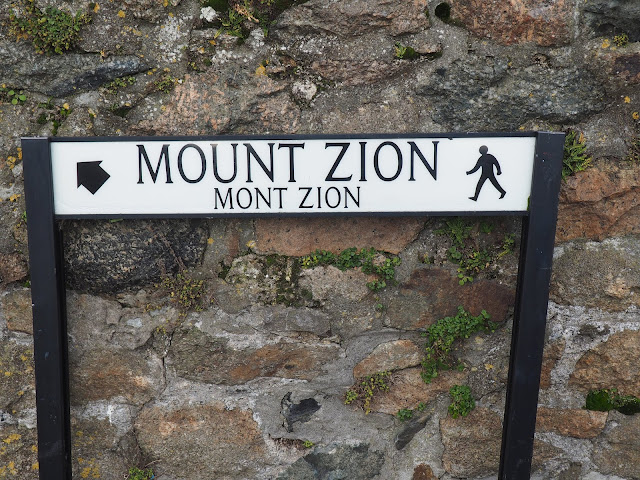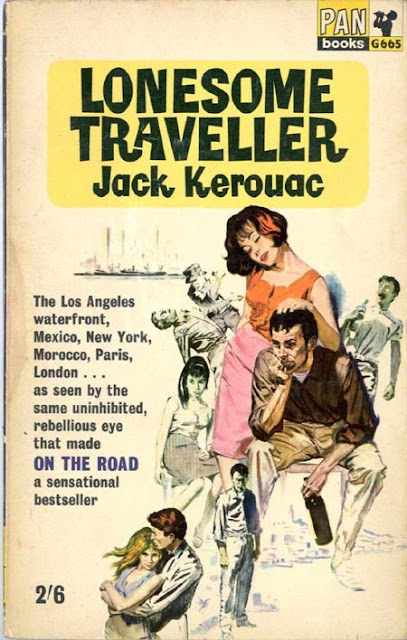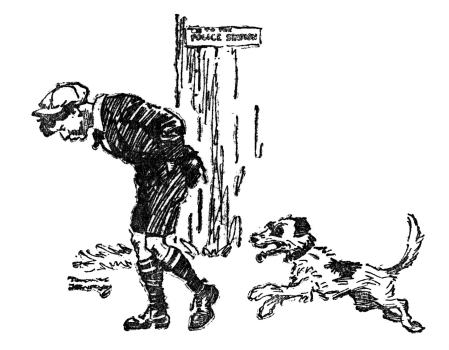During his expedition to Mecca (1851-3) Captain Sir Richard Francis Burton and the rest of his party anchored at a place called Marsa Mahar on the Red Sea.
Burton writes, ‘Wading ashore we cut our feet on the sharp rocks. I remember to have felt the acute pain of something running into my toe; but after looking at the place and extracting what seemed to be a bit of thorn, I dismissed the subject, little guessing the trouble it was to give me.’
It seems he had stepped on a sea urchin, and the foot was so seriously infected that he couldn’t put any weight on it. He had to be carried for part of the journey in a sort of litter or shugduf, and later he rode on a donkey that was itself lame. Various treatments were recommended for the foot but they all failed. Dressing the foot with onion skin only inflamed it further, although by the time he got to Mecca it must have healed – he was fit enough to make a good few enthusiastic circuits of the kaaba.
Burton has been on my mind since I was in Cornwall at the weekend, and partly in St Ives which is home to the Captain Sir Richard Francis Burton Museum, in a private house run by one Shanty Baba (conceivably not his real name).
It was great – a kind of son et lumiere, enjoyed while sitting in a room modeled on Burton’s smoking room in Trieste (don’t you find that fewer and fewer of your friends have smoking rooms these days?) surrounded by Burtoniana, including a page from a Burton manuscript, Burton’s medal from the Royal Geographical Society, and this fine little figure, also from the Royal Geographical Society.
There was some walking to be done in St Ives, by me, not by Burton, who as far I can tell never set foot there.
There was Mount Zion and there was Teetotal Street – I’ve searched in vain to find how these places got their names
There was also some intriguing ground, for those of you who like that kind of thing.
Burton would have been taking notes and measurements, learning Cornish, and probably finding his way to the nearest brothel. I did none of these things. But I did have a Cornish pasty.
Incidentally, Burton once wrote, 'The dearest ambition of a slave is not liberty, but to have a slave of his own.' I don't know how you'd test the accuracy of that statement, but it seems all too likely to be true.

















































